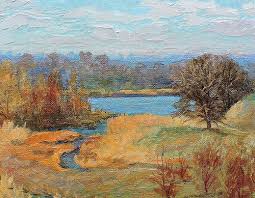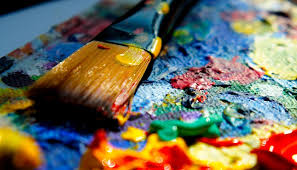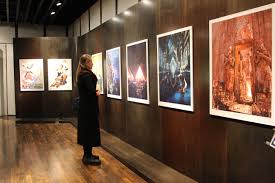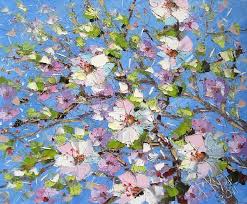website
LENINGRAD SCHOOL OF PAINTING (part 1)
 The history of the Leningrad school of painting covers the period from the beginning of the 1930s to the beginning of the 1990s. Having arisen in the midst of a heated struggle over the development of art and art education in the USSR, it became that missing link, thanks to which the traditions of the national art school and realistic painting were preserved and received a new development.
The history of the Leningrad school of painting covers the period from the beginning of the 1930s to the beginning of the 1990s. Having arisen in the midst of a heated struggle over the development of art and art education in the USSR, it became that missing link, thanks to which the traditions of the national art school and realistic painting were preserved and received a new development.
Having made a significant contribution to Soviet fine art, to the formation of aesthetic views and the spiritual world of modern generations, the Leningrad school left the stage at the turn of the 80-90s, fulfilling its historical and artistic mission and giving way to the era of the transitional period. Continue reading
TALKS ON THE ISLANDS OF ART (part 1)
 Traveling in the endless sea of the Internet, you can find a great many large and small sites where people share their art, want to be heard and seen, but more often want to sell their works. On one of these islands I was lucky enough to meet a man who is seriously interested in the future of art. This is a Spanish writer and artist, recently engaged in the art associated with the latest computer technology Jrn Calo. He leads his multimedia magazine.
Traveling in the endless sea of the Internet, you can find a great many large and small sites where people share their art, want to be heard and seen, but more often want to sell their works. On one of these islands I was lucky enough to meet a man who is seriously interested in the future of art. This is a Spanish writer and artist, recently engaged in the art associated with the latest computer technology Jrn Calo. He leads his multimedia magazine.
We started a correspondence, which turned out to be interesting and useful to both of us. Questions related to contemporary art, concern many. Therefore, we decided to make our dialogue accessible to others – on the pages of the Spanish magazine and here on our website.
After my question, does he like the abstract works of one contemporary artist, Jrn Calo wrote me the following. Continue reading




